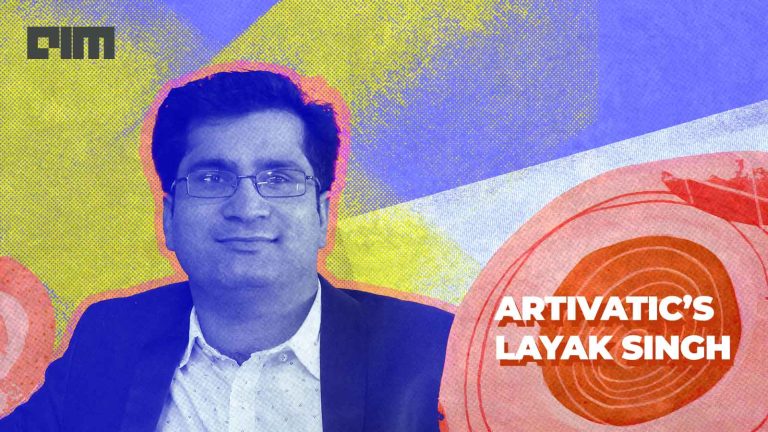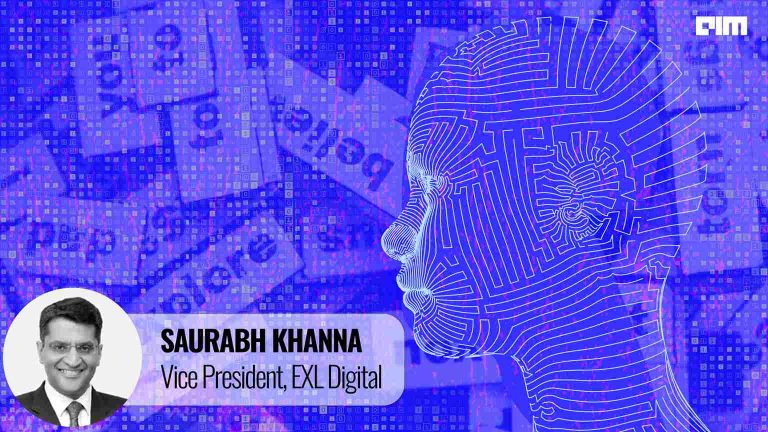The technology world is transforming rapidly, and so is the insurance sector shifting with it, driven by customer expectations. To be competitive, insurance companies require more customer insights and the capability to turn these insights into action. But this needs direct efforts and expertise and many insurance companies grapple in this area, which is why insurance tech firms are rising to the top with their innovative products.
The majority of these solutions are stoked by the application of artificial intelligence and advanced analytics models, adding value to insurers, regardless of the mode of delivery to identify gaps in customer-facing insurance operations like distribution, policy servicing, and claim settlement.
Insurance providers have expanded their digital distribution capacity through either their own online channels or through collaboration with digital platforms which provide a one-stop-shop to address the needs of customers, including e-commerce websites and mobile apps, web aggregators, and product comparison and recommendation engines.
Insurance providers are continually digitising their internal data by improving data capture at each level of insurance operations. For instance, optical character recognition (OCR) and natural language processing (NLP) is utilised to catch and store data from physical documents. They are also using cloud-based machine learning-models on unstructured data repositories, including texts, images, videos, and voice. In addition, NLP-based techniques are powering chatbots to better understand customers’ queries and give intuitive experience.
Analytics India Magazine interacted with Suhail Ghai, EVP & Head – Information Technology of Max Life to know more about its innovative offerings to help customers have a seamless insurance purchase and better customer experience while servicing policyholders.
According to Ghai, at Max Life Insurance customer experience is a key design element in all its digital assets. The Indian insurance giant uses smart algorithms and machine learning to segment its customers, and use AI models on the right risk selection and pricing. It also undertakes real-time integration with the CRMs of bank-assurance partners, industry databases to deduce more about the customers. This helps reduce friction and cut journey times for new customer onboarding to less than 10 minutes with no or minimal documentation. Here is the full interview –
How has the COVID-19 pandemic impacted technology spending at Max Life?
At Max Life, we have leveraged technology to respond to the COVID-19 pandemic situation in an agile way. Within the first few weeks of the lockdown, we leveraged technology to enable work-from-home for over 7000 employees and business partners, along with digitising 100% of our customer onboarding journeys. We have continued to invest in digitising our customer service processes to enable seamless service to our customers, with which our digital interactions with customers have grown over 50% now.
From a medium to long term perspective, we are using the current situation as an opportunity to accelerate our digital journey. Hence, we will increase our investments in transformation spends while we continue to optimise our run costs to be in sync with short term business realities.
How would you define your leadership role at Max Life in terms of the initiatives you are driving?
The role of a Chief Technology Officer at Max Life has multiple dimensions. An important dimension to my role is of a transformation partner where I partner with channel leaders and function heads to drive the digitisation of sales processes and efficiencies of our back-office by leveraging automation and intelligence. Another dimension is a catalyst of cultural change as we work closely with HR to improve the employee experience, creating a digital mindset, thereby helping create the workforce of tomorrow. The third dimension is that of a technology leader as we are modernising our IT infrastructure to become more efficient, secure, and agile in responding to business needs. Lastly, there is a dimension of an enterprise leader working closely with function heads to re-imagine business models and service models to create a future-ready disruptive business.
How does Max Life use technology to maintain a competitive edge? Can you elaborate with a few examples?
Max Life is leveraging new age technology and platforms to offer a differentiated customer experience across prospecting, onboarding, and servicing. We are leveraging social data and online channels to create leads and also tools to pitch the right products to our customers which helps them achieve their financial goals. We are leveraging technology to allocate leads intelligently leading to higher conversion.
We have leveraged the digital frameworks to create world-class customer onboarding platforms with a higher degree of integration, superior UI/UX, in-line analytics to sharply define risk, and optimise the customer journey through minimal data entry and faster journey. On customer servicing we have enabled a multi-channel experience through the use of intelligent chatbots (MILI), servicing through WhatsApp, intuitive help centre on our corporate website, and automation through the use of bots to answer queries and emails.
What is the importance of AI applications in the insurance industry?
From an industry perspective, these are very exciting times as data and intelligence have evolved in the insurance sector to a level where it now touches the entire insurance value chain. It is now enabling instant purchase experience with the least involvement from both insurers and customers, so that cycle times for completing the purchase of a life policy is reducing exponentially.
In the area of claims processing, we see a rise in AI-enabled automation of decisions with upfront fraud detection. Customer service is increasingly shifting towards a self-service model with the help of automated and fully conversational chatbots. Apart from this, AI is providing a hyper customised customer experience by enabling the industry to reach out to customers at the right time, with the right product and fastest claim support while gathering more information about spurious claims.
How can data analytics solutions help Max Life gain deeper insights into customer needs?
At Max Life, we are using several AI technologies including vision, speech, and NLP to develop a host of predictive models and cognitive applications, which are helping us provide a hyper-personalised and seamless customer experience while improving our process efficiencies at the same time. With our increased focus on Machine Learning and Artificial Intelligence, Max Life has created a dedicated and specialised team “AI Works” which will be responsible for developing and delivering cutting-edge ‘business-first’ AI solutions.
What are the different analytics-driven projects that the company has developed?
We are building AI/ML solutions across the value chain. For our sales teams, we have built machine learning models to help the sales team focus on leads which have a higher likelihood to convert and NLP-based conversational virtual sales assistant which helps the sales agents across the sales journey with the right product recommendations, answering product-related questions and handling customer objections on the go over WhatsApp.
Our AI-based campaign engine, Suraksha, built with our banking partners churns out customised PASA offers for customers by identifying the need, upfront risk prediction, and recommending the most suitable product for the customers.
Max Life’s policy issuance process uses predictive underwriting engines – SHIELD & FINCHECK, which assesses the 360-degree risk of the likelihood of an early claim, policy lapse, and likelihood of fraud upfront and recommends policies which may require additional verification by an underwriter. This is helping us achieve the goal of instant-issuance and enables automated decision-making for a substantial share of the portfolio, along with allowing us to proactively catch risky and fraudulent policies at the issuance stage rather than rejecting them at the claims stage.
To further assess risk at the application stage, we have developed deep learning-based face-matching algorithms to verify customers’ photographs with the proof of identity. The application can also accurately read KYC document scans, validate and digitise the details automatically. This is helping us minimise any risk of fraudulent cases coming in.
Tell us about the use of analytics at Max Life at post-issuance and policy servicing levels.
In post-issuance, we are using AI-based models to enhance customer servicing and retention efforts. We have built an industry-first artificial intelligence and deep learning-based customer retention solution, known as Turing, which analyses a host of data points across the customer behaviour, service touchpoints, payment behaviour, and past renewal reminder patterns to predict the risk of policy lapse and enables the renewals team to make intelligent decisions as well as optimise the customer retention effort by prescribing the right amount of retention efforts required.
At the policy servicing stage, our AI-based automated IVR and email intent prediction engines use a combination of machine learning and NLP-based techniques to proactively identify customer calls and email intents and provide upfront resolution. We are also leveraging the unstructured data with our in-house speech engine, VOX, which uses linguistic speech models to leverage the voice call data from our renewals and customer servicing teams, drawing insights into script compliance and customer sentiment across these calls. This is helping us to improve NPS by gaining more insights into customer pain points.
Finally, how can companies constantly re-skill their technology workforce to meet the current challenges and remain competitive?
The technology landscape is evolving at a rapid pace, many of the traditional skills are low in demand while there is a huge shortage of new-age skills on architecture, data engineering, product & cloud engineering, UI and UX skills. The companies will have to adopt a hybrid opportunity to upskill the workforce. Teams must be encouraged to take advantage of flexible learning options to upskill themselves, and then these employees need to be positioned in projects with experts to gather experience. IT organisations will have to make self-learning an imperative for employees and incentivise them through, time-offs, reimbursements, and career ladders/experience maps.


















































































